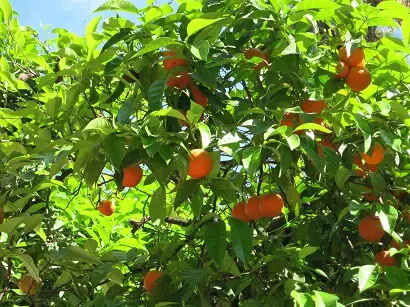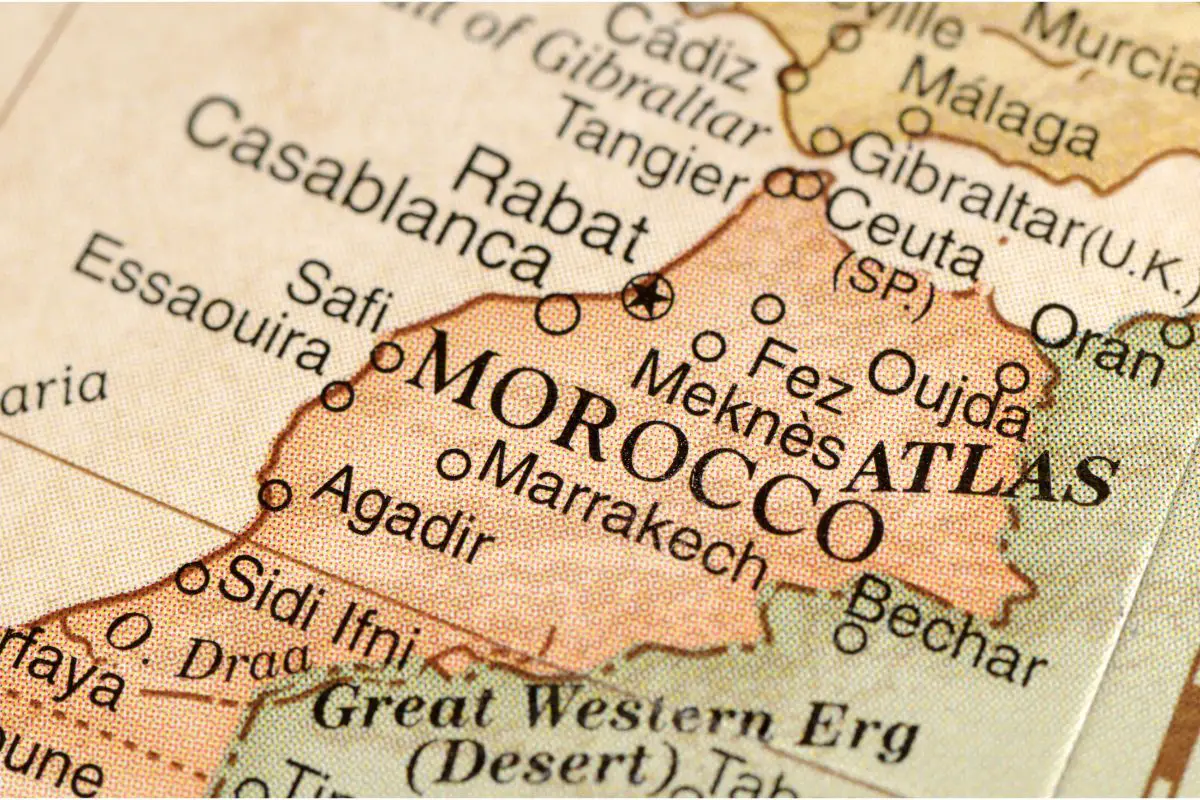The Mediterranean climate is picture-perfect for growing citrus with its beautiful year-round temperatures, just the right amount of sun exposure, and unbelievably fertile soils.

Oranges grow particularly well along the southern Mediterranean, where several countries grow, cultivate, and harvest their unique varieties of this popular citrus fruit. Spain, Italy, Greece, Egypt, Turkey, and Morocco have notably high orange production compared to the rest of the Mediterranean countries.
In the following, we go into detail about the reasons for these statistics.
Where Do Oranges Grow in the Mediterranean?
Spain
Oranges have been cultivated throughout Spain since at least the 15th century, with Spanish growers focused on producing their very own specific varietal – the Spanish orange – that researchers believe started off as a transplant from Arabic travelers when they conquered this country.
A little larger than traditional oranges, these oranges can and are grown all year round and to our incredibly sweet. In fact, these oranges are sometimes so sweet that desserts or dishes that use these as a core ingredient will omit any extra sugar entirely.
If you really want to treat yourself when eating Spanish oranges considered sucking on the peel of the orange (not chewing or swallowing, but just sucking on the peel) for a couple of minutes after you finished with the fruit itself.
The peel releases a tremendous amount of citrus oils and flavors that few (if any) other oranges from around the world – and even from around the Mediterranean – can match.
Italy
The Italian orange industry is tremendous, with the people of this nation growing dozens and dozens of different varieties – though three specific Italian oranges have really separated themselves from all others and become the most popular of the bunch in this Mediterranean nation.
Arancia del Gargano oranges are very fragrant and grown almost exclusively in the Gargano Peninsula, the only region on the Italian Adriatic coastline that grows citrus of any kind.
This part of Italy has a citrus-growing agricultural tradition that stretches back to the earliest days of Italian history, not only growing oranges but limes and lemons as well. These oranges keep so well after they’ve been harvested that they are a very popular export even still today.
Arancia di Ribera oranges are grown in Sicily along a couple of major river valleys. They are unique in that they have an almost perfectly uniform orange color until they are sliced open when the flesh turns a little red.
Very sweet and very juicy, these kinds of oranges feature very significantly in Italian cuisine.
The last of the three varietals of oranges that have separate themselves in Italy have to be the Arancia Rossa di Sicilia oranges, sometimes called the “blood orange of Sicily”.
These oranges have a very unique and distinct blood-red color, are absolutely swimming in acidic tartness, and are beloved for their antioxidant levels as well as their unique flavor.
Greece
The overwhelming majority of the oranges grown in Greece are grown throughout the LaconiaIn Argolis, a region that produces more than 900,000 tons of oranges – almost half of which is earmarked for international exportation.
The oranges that grow in Greece are a little larger than most of the other oranges that grow in the Mediterranean. They have a slightly more oval shape to them than the traditional round oranges grown in places like Spain and Italy, too.
As far as flavor is concerned, these oranges are tart, sour, and often very sweet. They are beloved for their high juice content, too.
Egypt
The number one citrus crop in all of Egypt, making up nearly 80% of all the citrus grown throughout its region along this part of the Mediterranean, there are two major varietals of orange grown here – the Washington Naval and the Valencia (or Spanish) orange.
People from all over the world love to order their oranges from Egypt. These oranges have incredible flavor, and incredible juice, and are absolutely swimming in essential vitamins and minerals like vitamin C, fiber, and folate.
Much of that is thanks to the fertile ground that Egyptian oranges are grown in. Many of them grow right next to the Mediterranean, but many are grown along the Nile River Delta as well.
Turkey
Turkey has a major orange-growing community, with this part of the agricultural world in Turkey growing oranges between the months of October right up until the end of June.
More than half of the orange production in this Mediterranean nation happens in a handful of provinces located in the southern part of Turkey. These provinces sit right on the Mediterranean, near the border of Syria, and are home to some of the most fertile soils and temperate climates perfect for growing beautiful and delicious oranges.
Morocco
The citrus growers in Morocco favor growing Maroc Late over Naval oranges, mostly because these oranges produce higher yields and have a longer shelf life – as well as a deeper, richer flavor – that makes them particularly valuable for export.
Moroccan oranges are beloved all over the world for their sweetness and their richness of flavor. These citrus fruits are usually so juicy and so sweet that they are eaten all on their own, but if they do get added to drinks or desserts all other sweeteners are avoided entirely.
Closing Thoughts
The Mediterranean region is a fantastic climate for growing pretty much anything and everything thanks in large part to its temperate climate, fertile lands, and long and illustrious agricultural history.
Citrus in particular does very, very well throughout the Mediterranean – especially in the southern parts.
The nations that we highlighted above, however, are the main orange producers in this part of the world. They’ve really nailed producing delicious and rich orange varietals down pat, doing a better job producing high-quality oranges here than almost anywhere else on the planet.
- The Top Restaurants Specializing in Truffle Dishes - August 10, 2023
- Truffle Panna Cotta: A Decadent Dessert Recipe for Truffle Lovers - August 7, 2023
- Truffle Scrambled Eggs: A Luxurious Breakfast Delight - August 7, 2023








